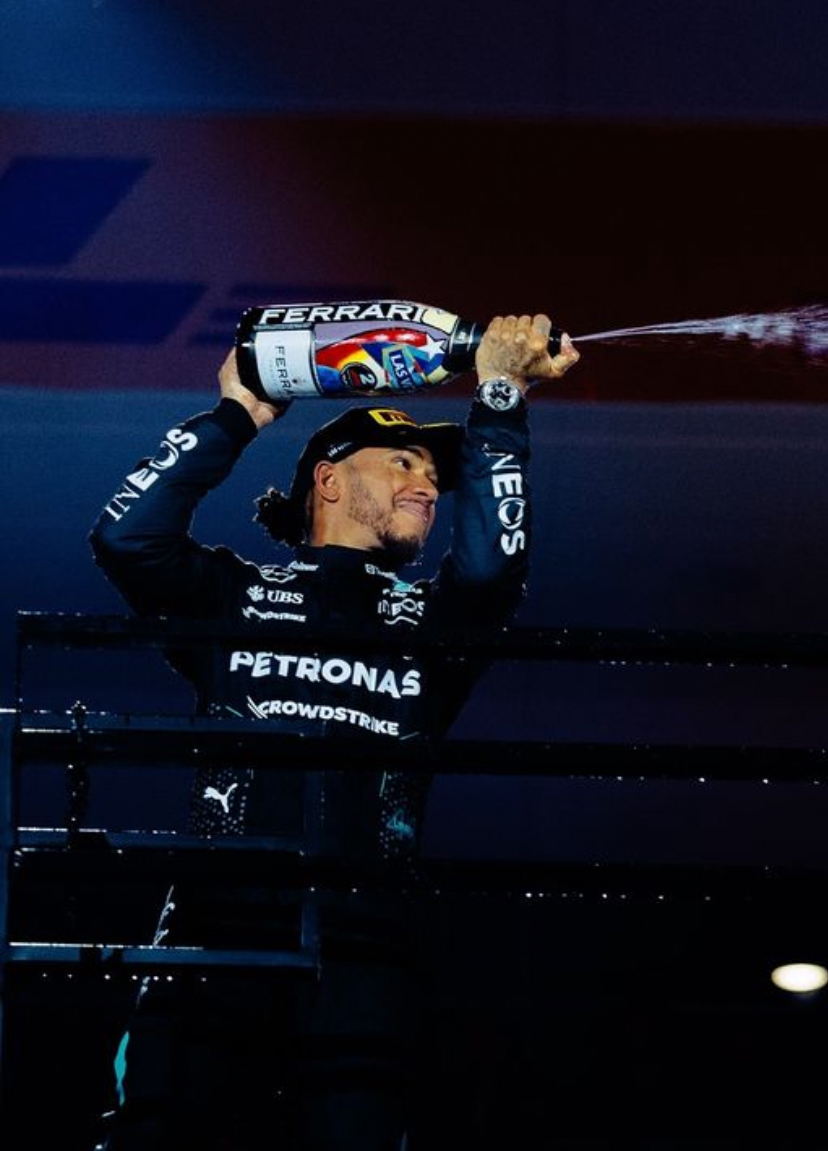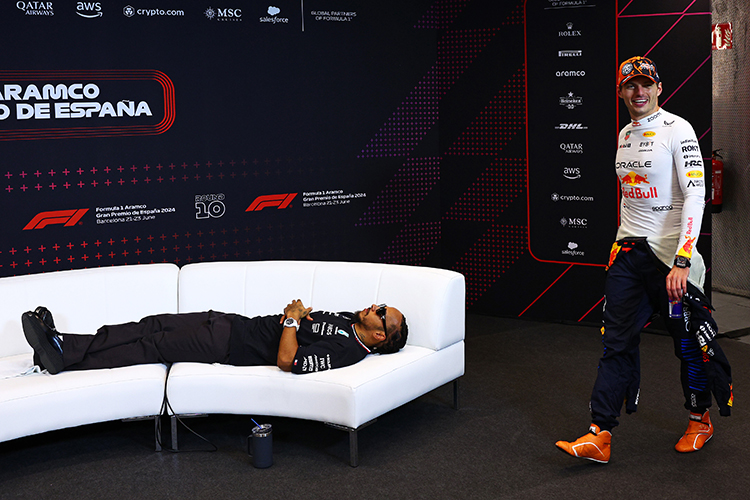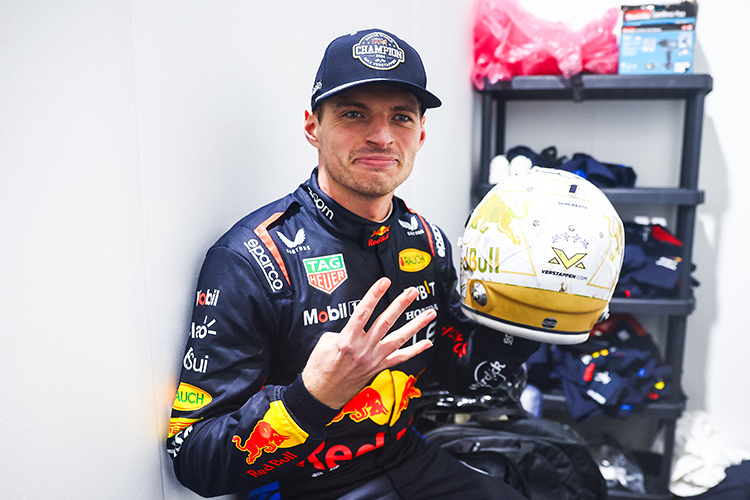Explained: What is ‘parc fermé’ and how does the FIA enforce it?

Read next: Formula 1 World Champions — A legacy of racing legends
Explore the concept of 'parc fermé' in Formula 1. Understand the rules and enforcement of parc fermé conditions, and how it impacts car modifications during a Grand Prix weekend.
During an F1 Grand Prix weekend, every car enters a time period or condition known as ‘parc fermé.’ But what exactly does this mean? For newer F1 fans, the term 'parc fermé' might be a frequent mention by commentators, and drivers can sometimes face penalties for parc fermé breaches. This article delves into the details of this important F1 regulation.
What is Parc fermé?
Parc fermé, a French term meaning "closed park," refers to a time period when teams are restricted in making modifications to their cars. Unlike the free practice sessions, where teams can experiment with configurations, parts, and setups, parc fermé conditions lock in the car's specifications, prohibiting any changes except for essential maintenance.
F1 Technical Delegate Manuel Leal explained that while the term applies to many forms of motorsport, its application in F1 includes both a physical space where cars are parked and a virtual space where teams can only make permitted adjustments. Essentially, the rules prevent teams from altering their cars between qualifying and the race, ensuring a level playing field and minimizing the ability for teams to develop bespoke cars for qualifying alone.
When Does Parc fermé Apply to the F1 Cars?
The regulations governing parc fermé are outlined in Article 40 of the FIA Sporting Regulations. According to the rules, each car is considered to be under parc fermé conditions from the moment it exits the pit lane for the first time during qualifying until the start of the race. If a car fails to participate in qualifying, parc fermé conditions apply from the end of Q1.
For Sprint weekends, the application of parc fermé also applies during Sprint Qualifying and the Sprint Race. Here is a breakdown of the parc fermé regulations during a standard F1 weekend:
- FP1 – No parc fermé
- FP2 – No parc fermé
- FP3 – No parc fermé
- Qualifying – Parc fermé conditions apply from the time a car leaves the pitlane in Q1, or, if unable to participate, from the end of Q1.
- Race – Parc fermé conditions, the cars must race in the same configurations and specifications as in qualifying.
What Changes Can F1 Teams Make Under Parc fermé Conditions?
Under parc fermé conditions, teams are not permitted to make changes to the car’s setup or replace components unless they are essential for maintenance or safety. For instance, teams can top up fluids, refresh brake friction materials, and deglaze the brakes. Any necessary repairs due to damage can be carried out, but only using replacement parts of the same specification as the original.
Adjustments related to driver comfort, such as seat positioning or cockpit padding, are also permitted. If weather conditions change, some minor adjustments like altering cooling components or power unit settings may be allowed. However, modifications that impact car performance, beyond necessary safety-related changes, are strictly prohibited. Notably, teams can only adjust the front wing flap angle.
F1 Technical Delegate Leal emphasizes that teams must declare a setup sheet before qualifying, detailing aspects like cambers, suspension setup, and weight distribution. If a team needs to repair a damaged part, the FIA checks to ensure it matches the original setup. Any modifications that deviate from the declared setup are closely scrutinized.
FIA Monitoring and Enforcement of Parc fermé
The FIA rigorously monitors cars under parc fermé. Each car is scrutinized by FIA personnel, with technical staff able to perform unannounced checks. An overhead camera system continuously records the cars, ensuring that no unauthorized modifications occur. If a team needs to make changes that breach parc fermé regulations, they must apply in writing to the Technical Delegate, Jo Bauer. If approved, the changes may still result in penalties, such as starting from the pit lane.
The FIA also places tamper-proof seals on critical parts like engines, gearboxes, and energy recovery systems to prevent unauthorized modifications. These seals remain in place until the cars are ready for the race. If a team violates parc fermé rules, the affected car may face severe penalties, and the modifications made could be documented and revealed to the public for transparency.
Parc fermé During a Sprint Weekend
The introduction of the Sprint format in recent years has posed some challenges in terms of parc fermé regulations. Initially, the rules forced teams to remain locked into their qualifying setup for the entire weekend, from Sprint Qualifying to the main race. However, in F1 2024, the regulations were adjusted to allow teams to make changes between the Sprint Race and regular qualifying.
Here are the updated parc fermé regulations for a Sprint Grand Prix weekend:
- FP1 – No parc fermé
- Sprint Qualifying – Parc fermé conditions apply from the time a car leaves the pitlane in SQ1, or, if unable to participate, from the end of SQ1.
- Sprint Race – Parc fermé conditions, the cars must race in the same configurations and specifications as in Sprint Qualifying.
- Qualifying – Renewed parc fermé conditions apply from the time a car leaves the pitlane in Q1, or, if unable to participate, from the end of Q1.
- Race – Parc fermé conditions, the cars must race in the same configurations and specifications as in qualifying.
Conclusion: The Importance of Parc fermé in F1
Parc fermé is a fundamental concept in Formula 1 that ensures a fair competition and prevents teams from gaining an unfair advantage through mid-weekend car modifications. It enforces strict control over car specifications, ensuring that cars are maintained in a consistent state between qualifying and the race. With rigorous monitoring by the FIA and penalties for violations, parc fermé helps maintain the integrity of the sport.
Understanding parc fermé is crucial for F1 fans, as it plays a key role in determining the technical fairness of each race. Whether it's a regular Grand Prix or a Sprint weekend, the adherence to parc fermé rules guarantees that the playing field remains level for all teams.
Up Next


